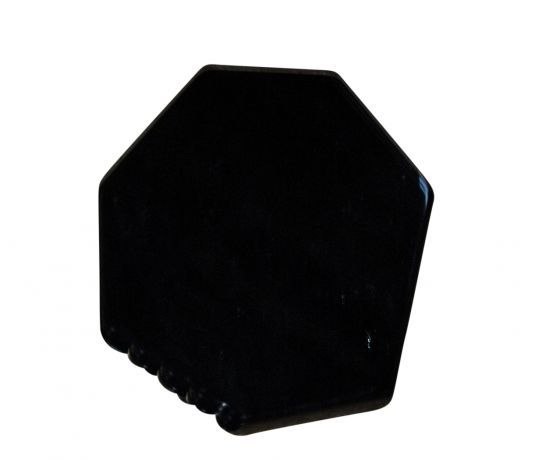We use cookies to make your experience better.
Rainbow Obsidian from Mexico "from Brazil" 2021 Lucky Australian "pocket stone.
- Buy 10 for €3.99 each and save 33%
Obsidian is a naturally occurring volcanic glass. The name is derived from a Roman named Obsius who is said to have found an obsidian-like stone in Ethiopia in ancient times. Obsidian is formed by rapid cooling of lava with a water content of up to 3-4%. If the content of volatile components (water, carbon dioxide) is higher, pumice stone will be formed, because the released gases act as a blowing agent. The formation of volcanic glass is highly dependent on the viscousness of the liquid lava and this in turn is strongly determined by the content of silica. The higher this level, the slower the liquid flows. Most obsidians have a silica content of 70% or more and are therefore classified as rhyolites. Less often trachitic, andesitic and phonolithic obsidians are also found that have a lower silica content. Obsidian's color varies quite widely depending on the contaminants it contains. The color is mostly dark green to deep black, although granite with a similar composition is a light-colored material. Mostly finely divided hematite or magnetite are the cause of this. Snowflake obsidian contains inclusions of spherically grown structures, mostly of feldspar or cristobalite, which are called spherulites. They arise from spherical crystal growth from a single central growth nucleus. Obsidian is a metastable material that in the long run falls back to its crystalline, more stable form. Volcanic glass is therefore unknown from the Paleozoic and Precambrian. In the Stone Age, obsidian was a coveted raw material because it forms razor-sharp cutting edges. It was used for knives and weapons. Today it is a popular material for art objects and is also used as a semi-precious stone in jewelry. It is then cut as if it were a crystal.
| Dimensions | 35-55mm |
|---|












